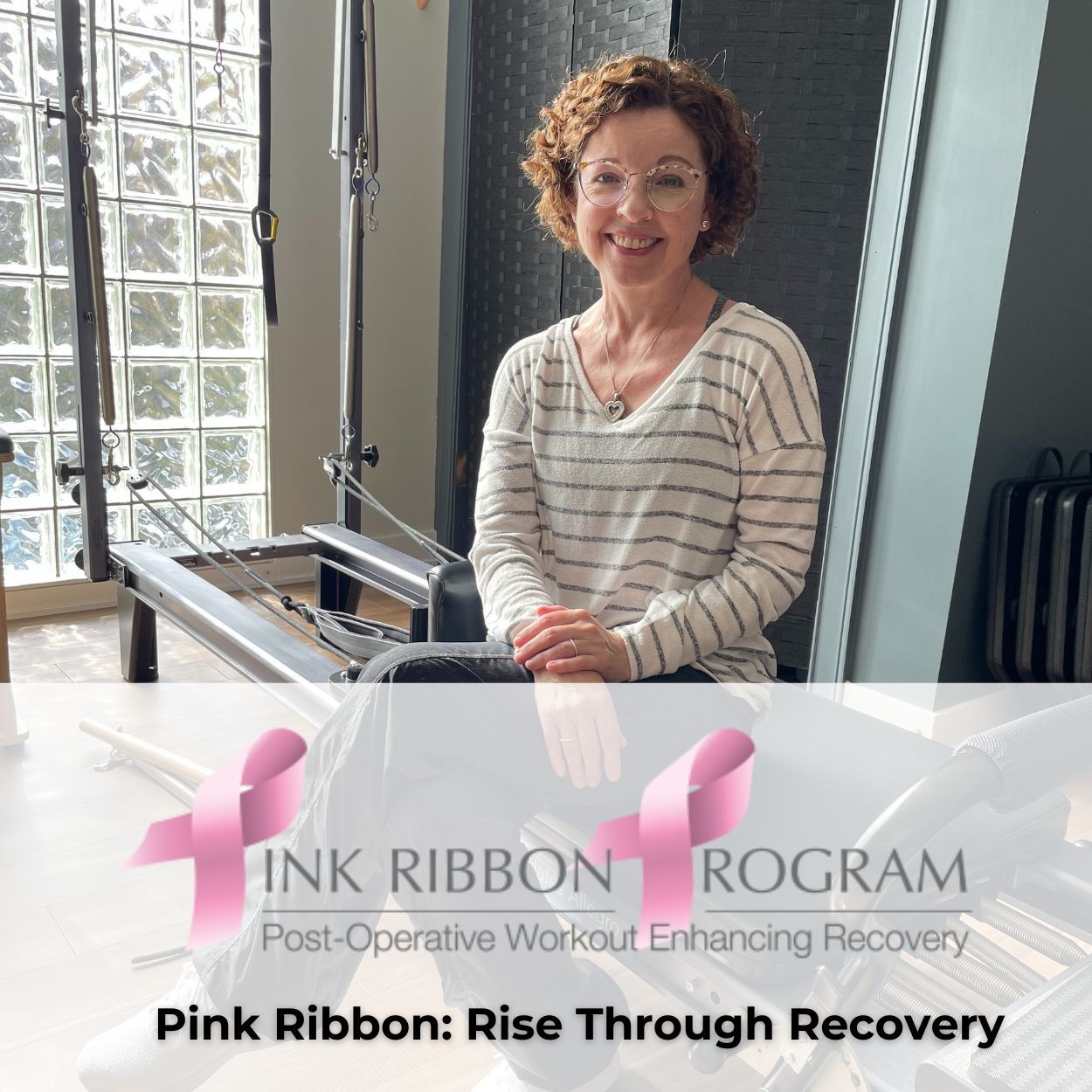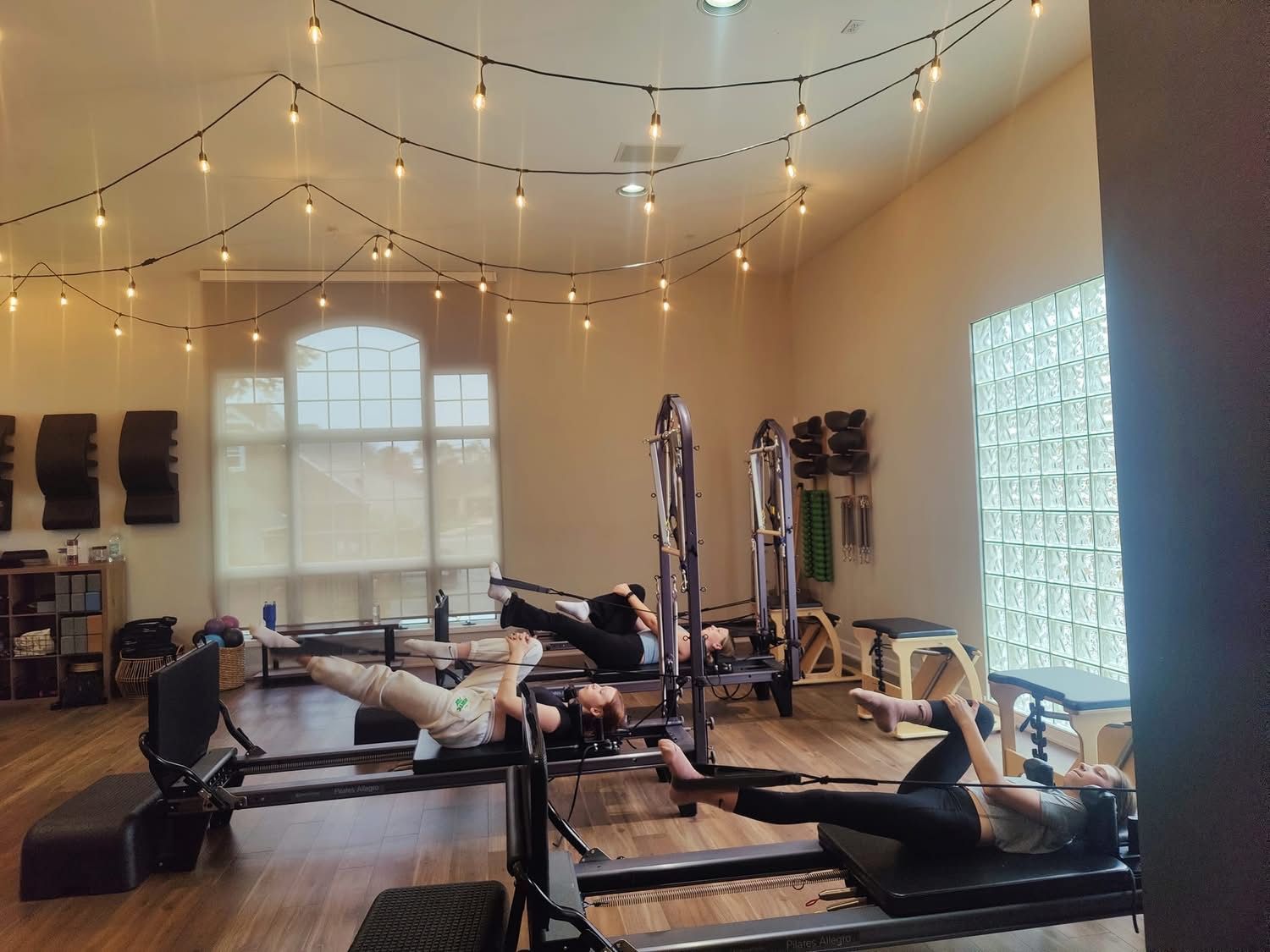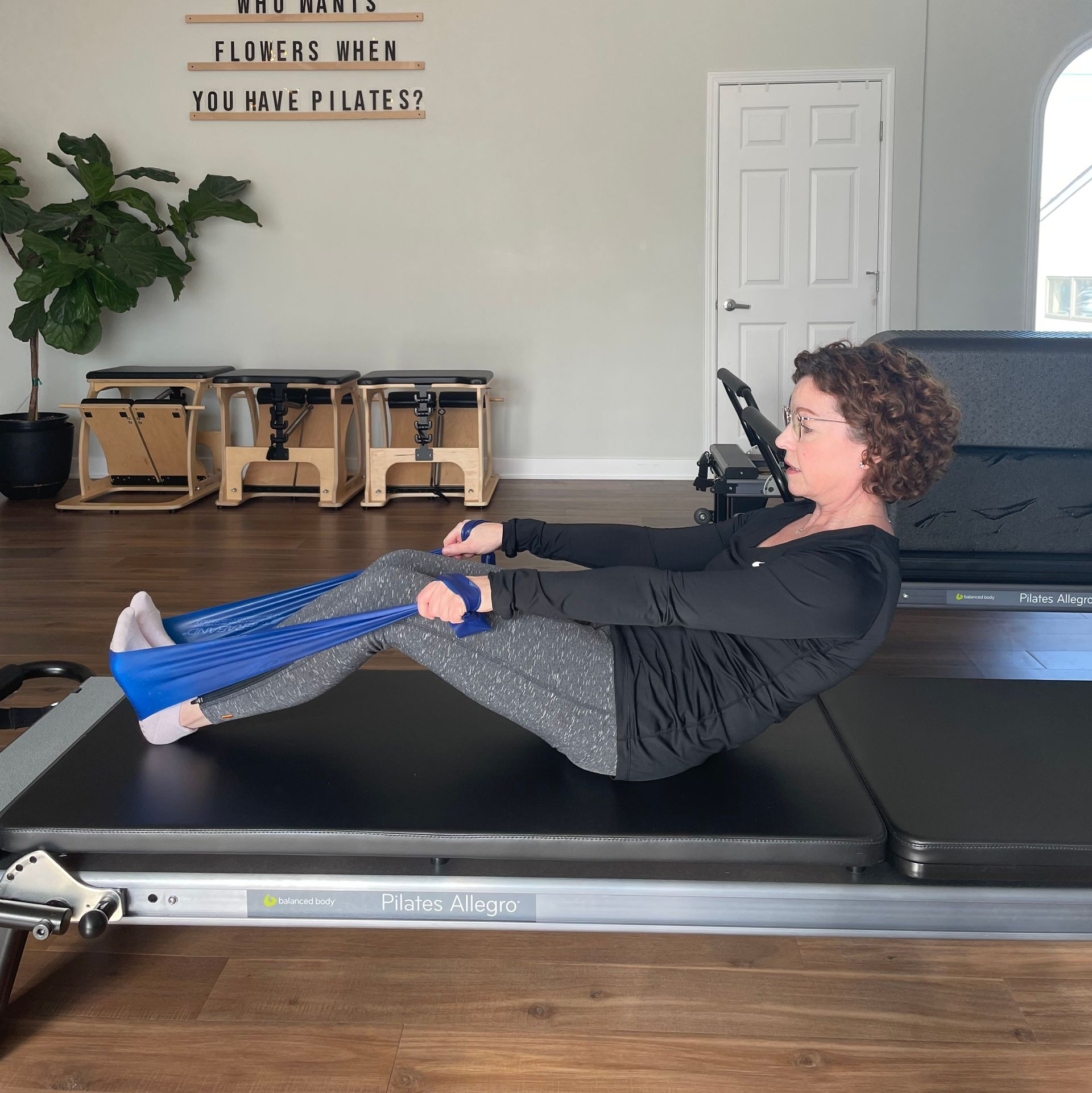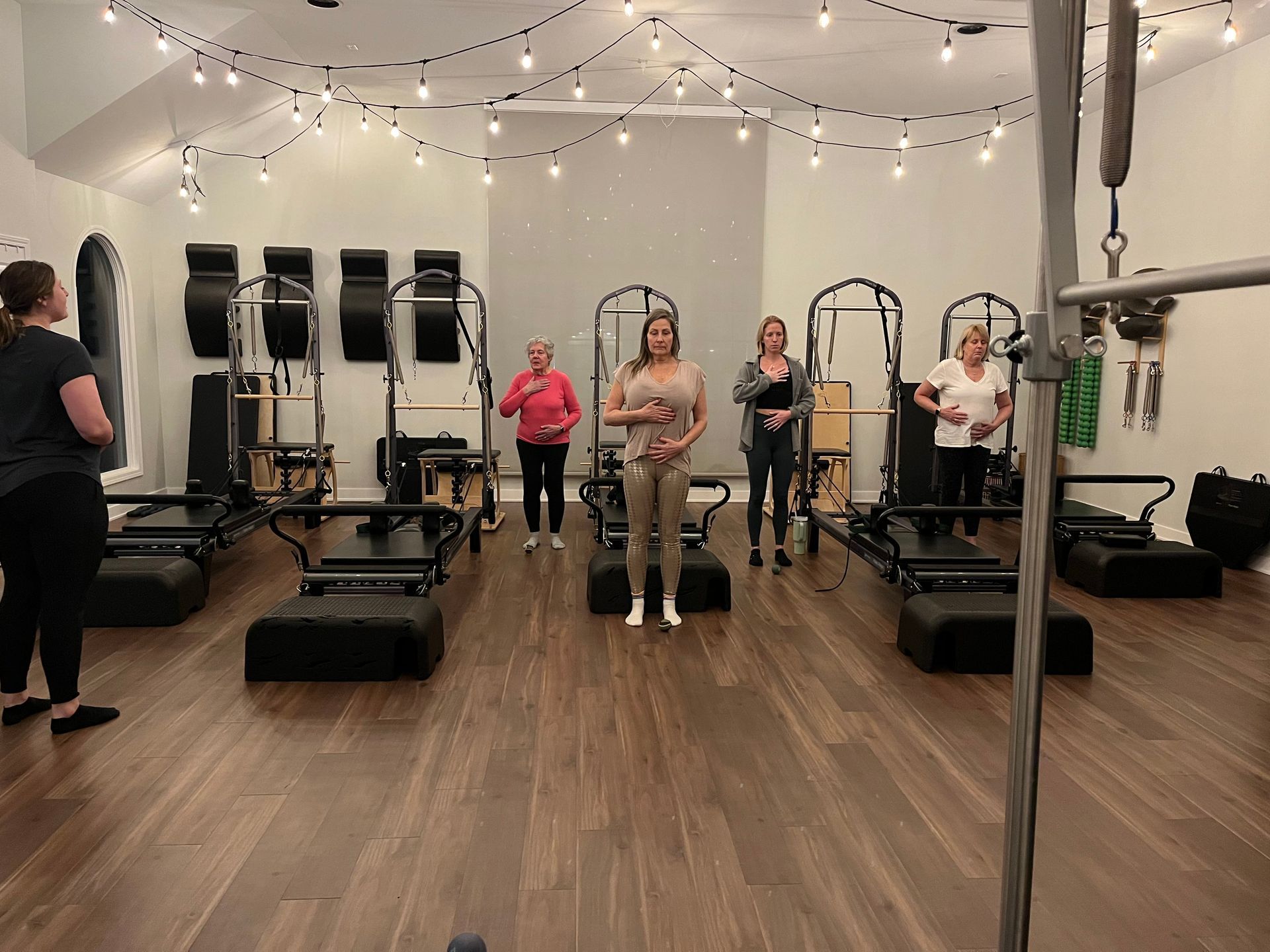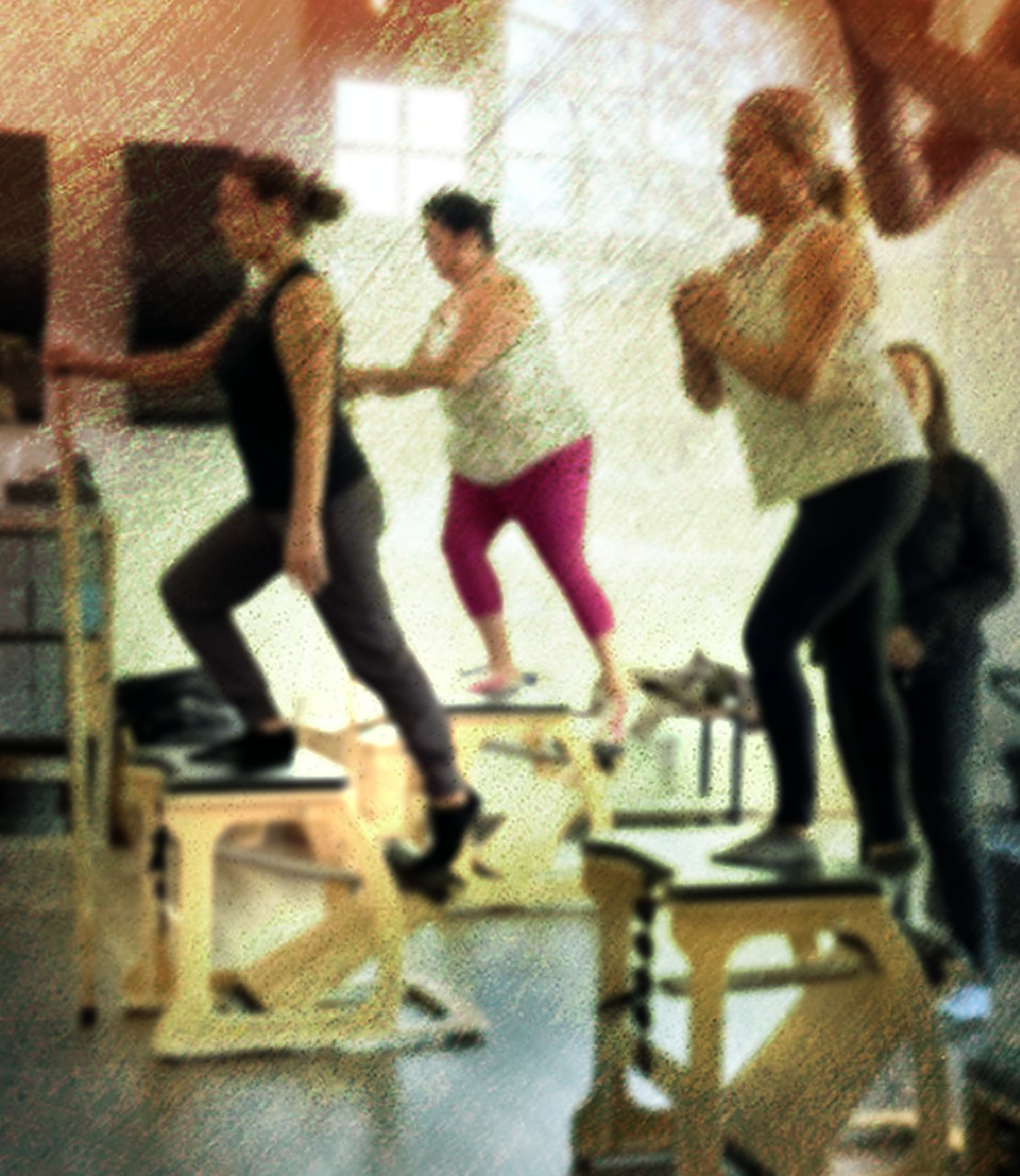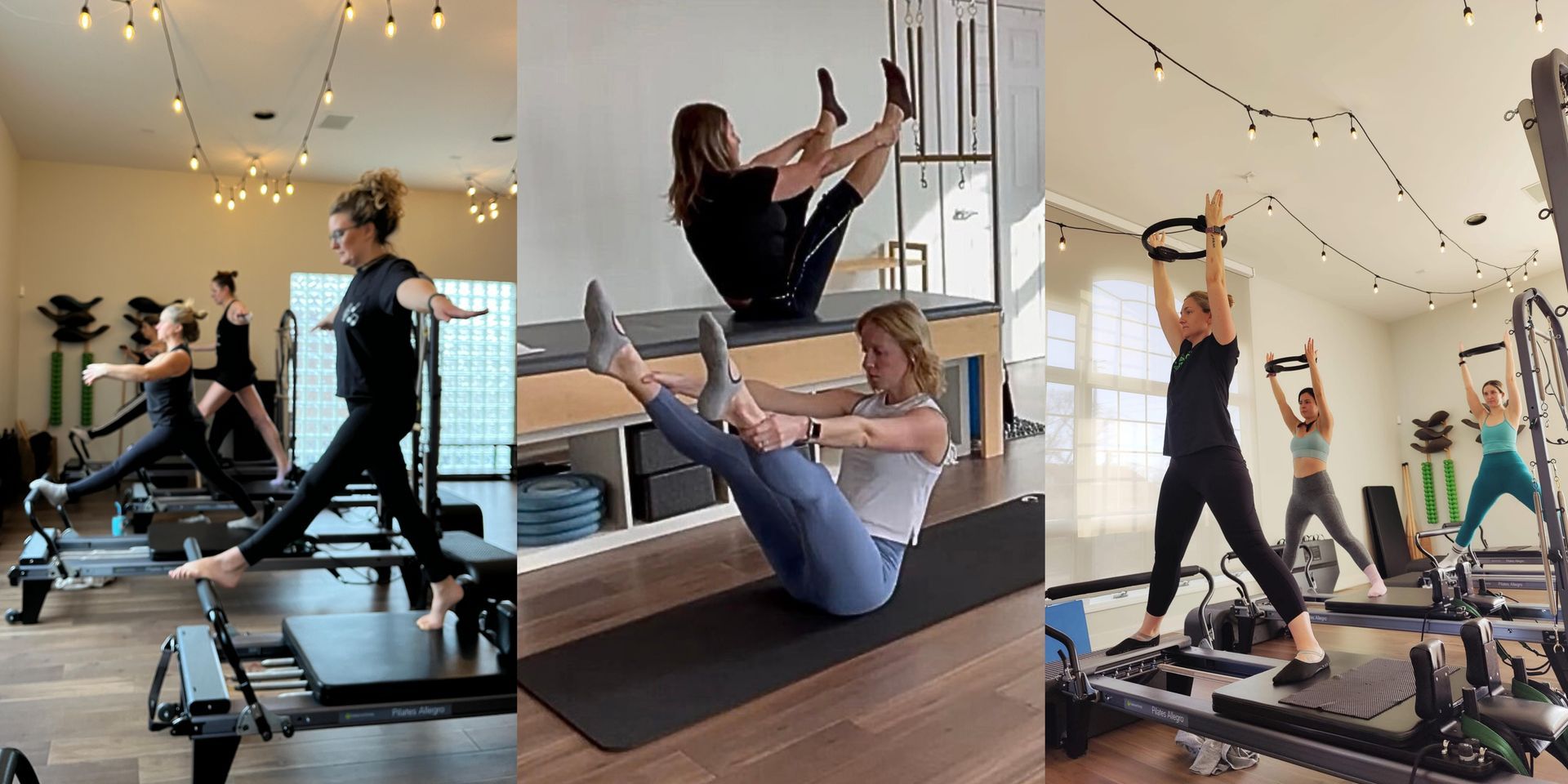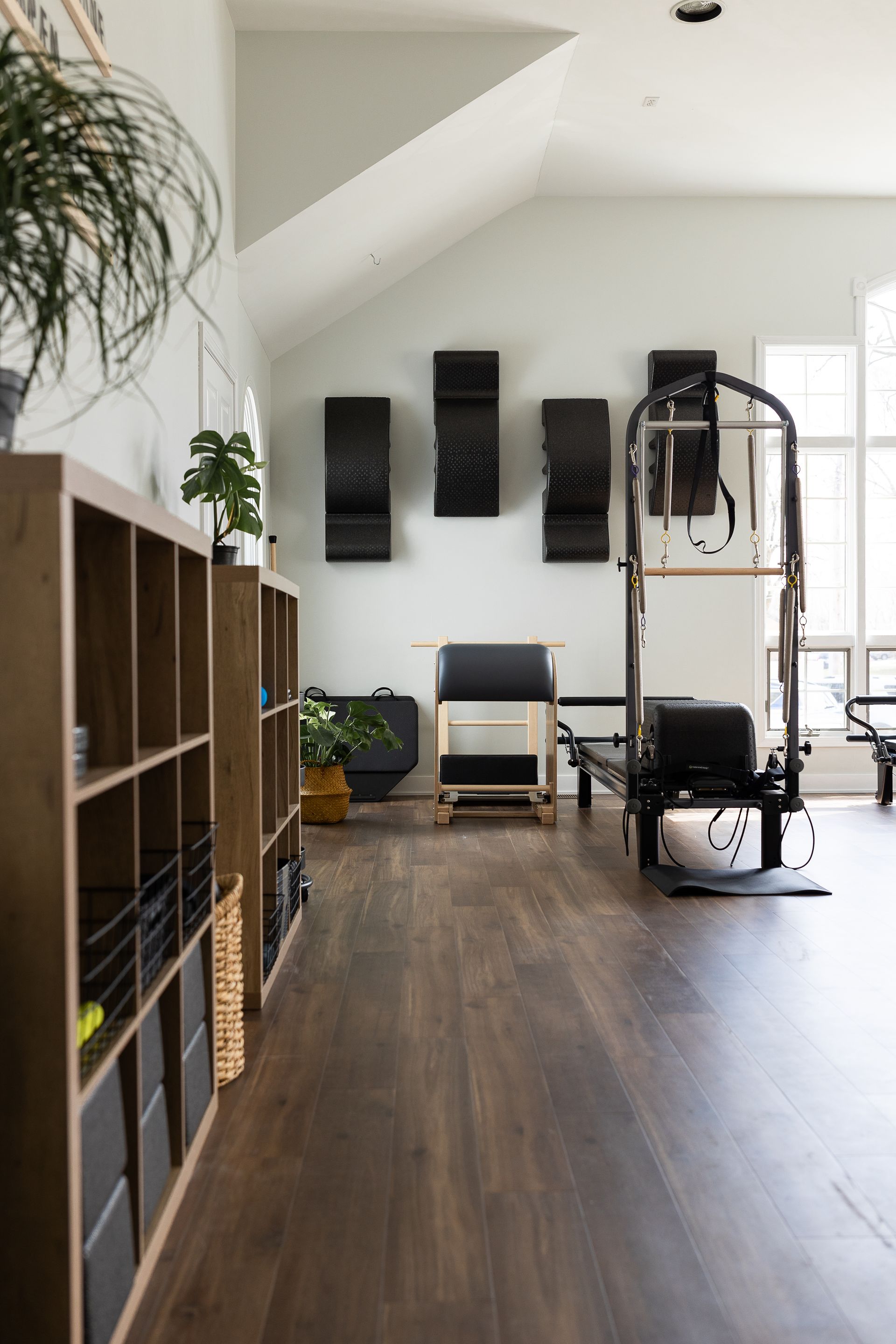Exploring the Emotional and Physical Benefits of Pilates During Pregnancy
Overview of Pilates and Its Relevance to Pregnancy
For those who are expecting, or even thinking about having a child, the thought of “what is going to happen to my body” is something that many think of quite often. Additionally, questions come up of “what kind of exercise can I do and what shouldn’t I do as my pregnancy progresses?” is something that many women wonder about daily. In this article, we discuss Pilates and its relevance to pregnancy and the overall importance of prenatal fitness.
Importance Of Prenatal Fitness
We know the importance of fitness and movement for life in general, but for those who are pregnant, the question often becomes how crucial is it to keep moving, and more importantly, how can I move safely? As noted in a BMC pregnancy and childbirth journal article, according to the latest guidelines, women with low-risk pregnancies are encouraged to maintain or begin aerobic and progressive resistance training before, during, and after childbirth. However, pregnant women should also have a clinical evaluation before starting exercise to ensure there is not a medical reason for stopping exercise. Let's dive into the benefits(both physical and emotional) regarding movement and Pilates during pregnancy.
Physical Benefits
Pilates, which focuses on improving core strength, flexibility, and body awareness, may contribute to reducing pain intensity and labor duration during vaginal delivery. Core strength and stability, pelvic floor health, and low-impact workout benefits are some of the physical benefits that can be achieved during Pilates.
Core Strength and Stability
Often described as a muscular box, corset, or cylinder, with the abdominal muscles in the front, the paraspinal and gluteal muscles in the back, the pelvic floor and the hip at the bottom, and the diaphragm at the top, the core—as explained in the Journal of Functional Morphology and Kinesiology—and functions of the core muscles requires the maintenance of core stability and strength. In other words, much of the movement and mobility that occurs in daily life and other activities requires core strength, which is controlled by the central nervous system through neuromuscular control. Core strength is widely regarded as an important component of sports performance and injury prevention, and rehabilitation
Though most people think of the core as “working the abs”, recognizing the back, abdominal muscles, gluteal muscles, pelvic floor, and diaphragm are not only connected but when completing Pilates exercises are also working to help strengthen the core.
Enhancing Pelvic Floor Health
In a previous blog, we talked about specific concepts in Pilates regarding Pelvic strength, and how that can help with overall pelvic floor health. These concepts included controlled breathing, core enhancement Hip & Pelvic Alignment and Movement mirroring of regular life movement.
Controlled Breathing
Techniques used in Pilates can help with a greater mind-body connection and enhance your movement as you strive for control and range of motion. Not limited to just Pilates, intentional, deep breathing can reduce stress, help increase oxygen flow, and aid with the activation of certain muscles through breathing patterns that are practiced.
- Core Engagement As noted above in the physical benefits, having the core engaged during controlled breathing not only helps to strengthen the core muscles and surrounding groups, but it also helps to deepen the act of breathing as well.
- Hip & Pelvic Alignment Ensuring the hips and pelvis are aligned properly during movement, and adding controlled breathing can help within a Pilates practice by
- Movement Mirroring Regular-life movement is often thought of during Pilates, and mirroring the concept of everyday regular movement accompanied with controlled breathing will allow you to duplicate that effort within everyday life.
Low Impact Workout Benefits
Pilates, combining aerobic, strength, and flexibility exercises, is considered a safe and effective method to improve maternal and fetal outcomes. As noted in the NIH BMC Pregnancy Childbirth, encouraging pregnant women to increase their physical activity levels may be an important factor for improving maternal and fetal outcomes. Increased levels of physical activity during pregnancy are associated with a lower risk of emergency caesarean section, lower gestational weight gain, and more favorable health assessment during pregnancy and gestational weight gain.
Emotional Benefits
Of course the physical benefits are a tremendous help to those who are prenatal, but the emotional benefits of Pilates during pregnancy should not be understated. As the management of emotions during pregnancy may not just be a challenge to manage, they also can increase stress levels.
The Pilates principal of concentration allows for you to become and stay fully engaged within a practice. Bringing awareness to movement and how the movement feels, this principle helps calm the nervous system and move with clarity. In addition, the emotional benefits include:
- Providing Stress Relief During Pregnancy
- Promoting Mental Well-Being
- Building Confidence and Body Awareness
Recommended Pilates Movements
This list of exercises/movement may not be inclusive of all who are expecting, and it is recommended to discuss exercise options with your doctor before beginning any exercise program.
Pilates movements that are considered safe for those who are pregnant include:
- Leg Raises
- Side Stretches
- Pelvic Tilts
- Modified Squats
- Calf Stretches
- Modified Planks
Lying on your back for longer periods of time is not recommended after the first trimester. It is recommended to discuss exercise options with your doctor before beginning any exercise program.
Benefits of Reformer Pilates During Pregnancy
The old adage any movement is better than no movement does hold true, but in the case of those who are expecting, taking a reformer Pilates class, especially one focused on prenatal, provides personalized guidance in reformer classes that cannot easily be found in all types of exercise classes. Make sure to work with Pilates instructors who are trained and/or certified to work with the prenatal population.
Want to learn more? Join us for a prenatal workshop designed to support and empower you through the birth process. Led by Dr. Lara Natonski, PT, DPT, this 2-hour experience blends mindful movement and expert education to help you feel more connected, capable, and calm as you prepare for labor and delivery. We’ll explore yoga and Pilates-based practices that support pelvic mobility, breathwork, and nervous system regulation—all essential tools for labor. Dr. Lara will also share foundational insight into the stages of labor, birthing positions, and how to use movement as a tool for ease and resilience throughout the journey. Register today.
